- | 8:00 am
Wind and solar energy exploded in 2023—but they need to ramp up even faster to meet climate targets
The International Energy Agency said renewable energy grew at its fastest pace in 25 years in 2023.
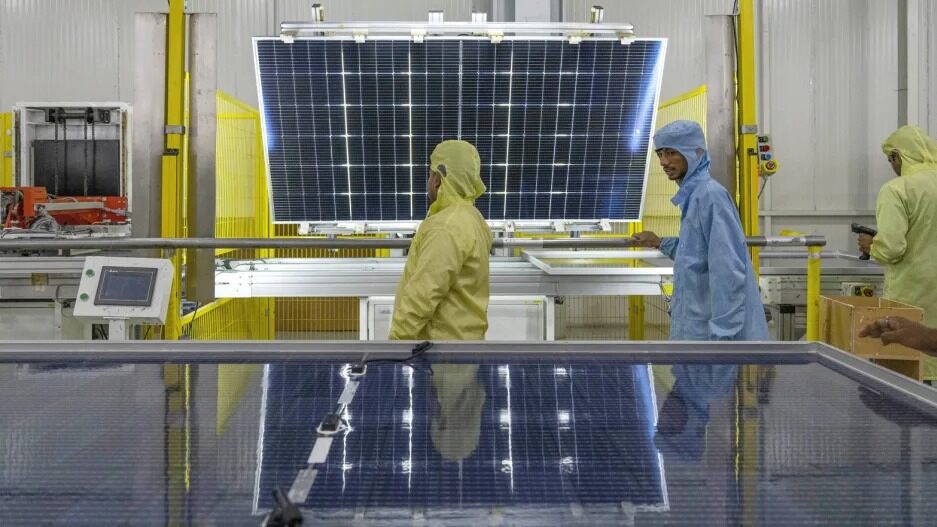
The world’s renewable energy grew at its fastest rate in the past 25 years in 2023, the International Energy Agency (IEA) reported Thursday in its first assessment since nations agreed in December on ambitious new targets to slow dangerous climate change.
The Paris-based agency said rapid growth of solar in China was the main driver as the world added nearly 510 gigawatts—enough to power nearly 51 million homes for a year—with Europe, the United States, and Brazil also seeing record growth.
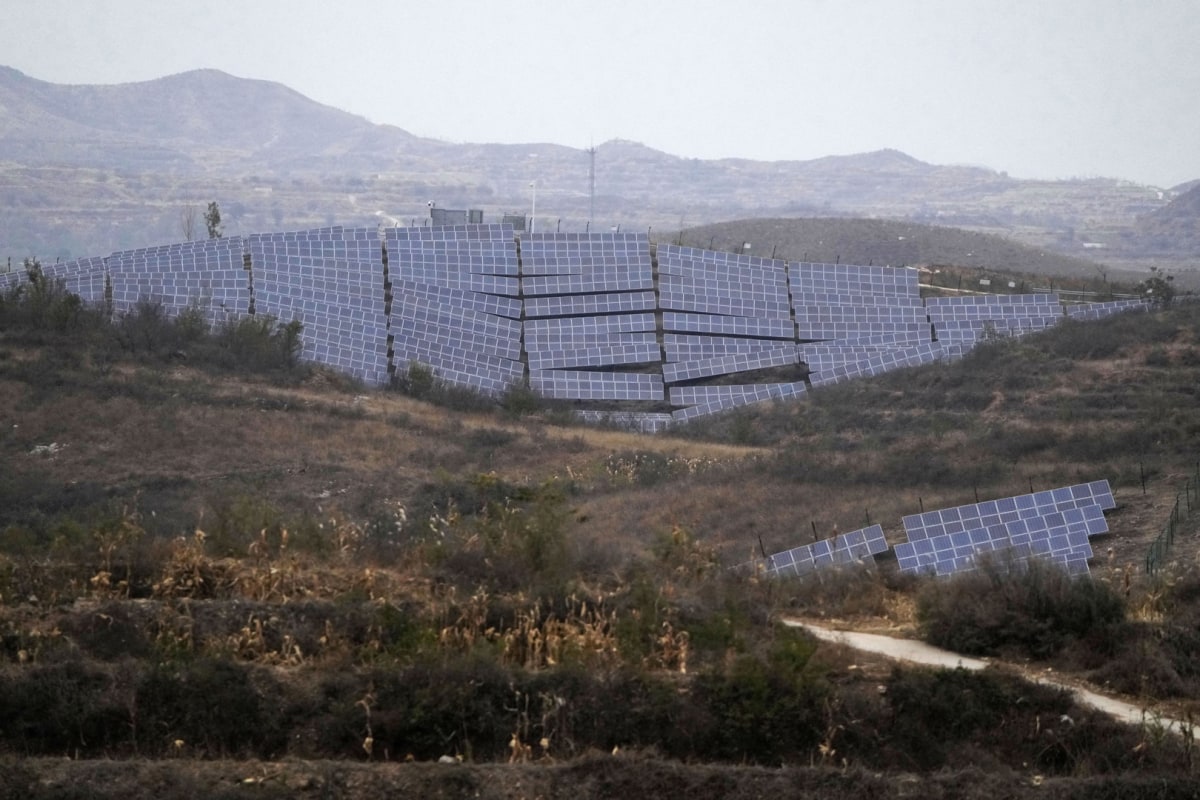
IEA Executive Director Fatih Birol said renewable energy is on course to increase by two-and-a-half times by 2030. That would fall short of the tripling that nations agreed on at last month’s annual United Nations climate talks in Dubai, but Birol said the goal is reachable. Increasing funds for clean energy in developing countries is the biggest challenge to getting to 11,000 gigawatts from the nearly 3,400 gigawatts of 2022, he said.
“Success in meeting the tripling goal will hinge on this,” he said.
Countries set a goal of limiting global warming to 1.5 degrees Celsius (2.7 degrees Fahrenheit) at the 2015 Paris climate talks to avert the worst consequences of climate change. Earth is just below that limit, with scientists this week reporting that 2023 was the hottest year on record and projecting that January will be so warm that a 12-month period will exceed the 1.5-degree threshold for the first time.
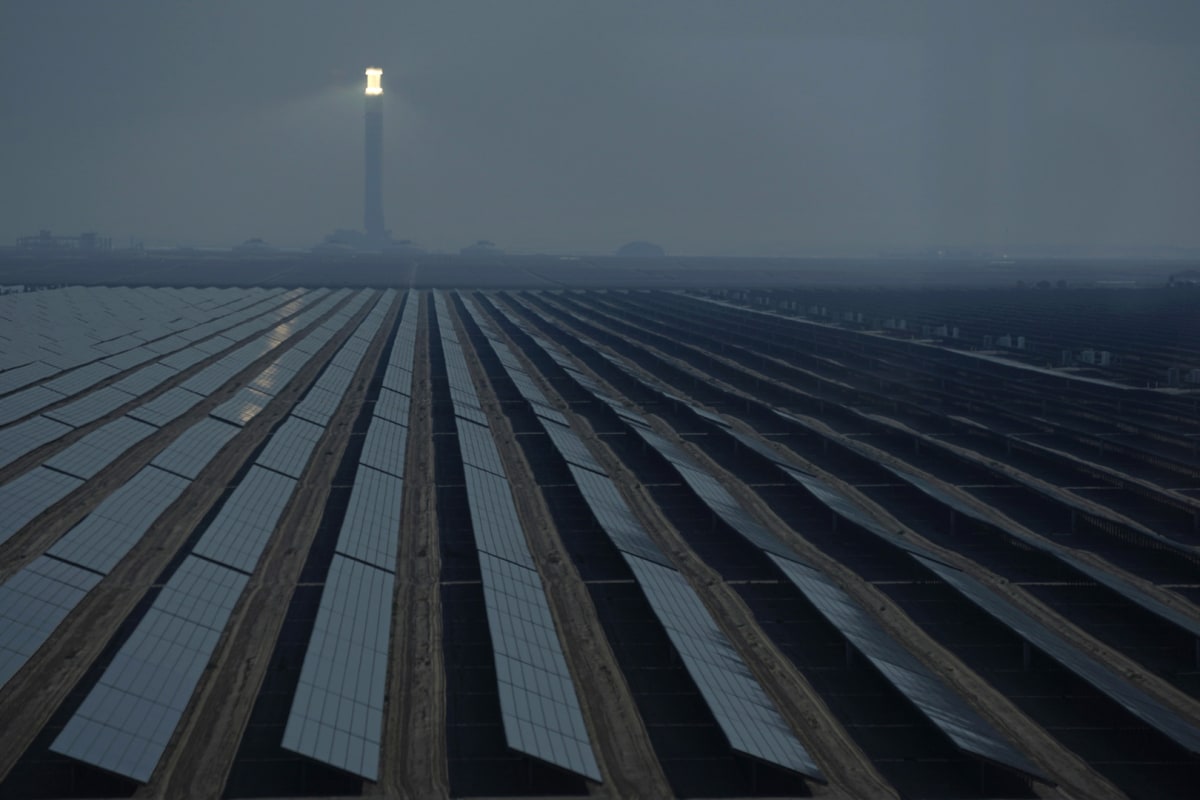
For the first time in nearly three decades of such talks, the final agreement in Dubai mentioned fossil fuels—coal, oil, and natural gas—as the cause of climate change and said the world needs to be “transitioning away” from them. But it didn’t set any concrete requirements to do so.
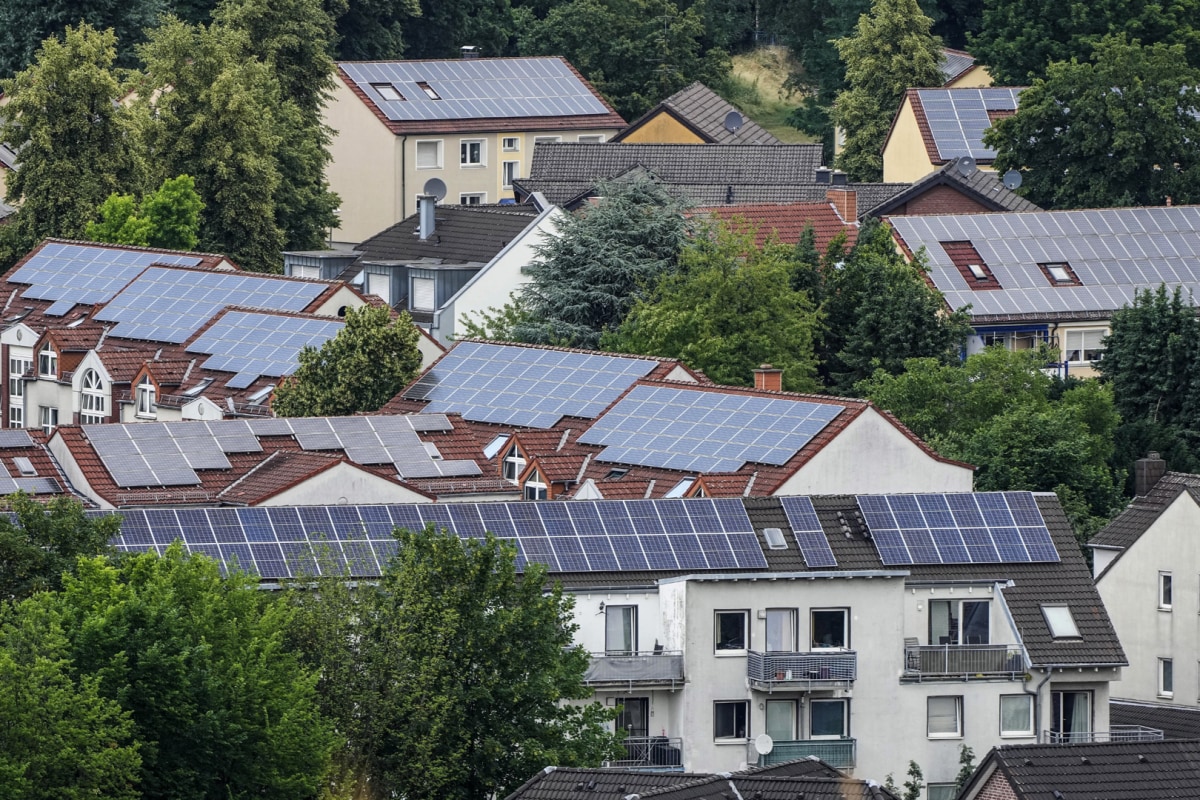
The report forecasts that solar power and onshore wind energy deployment through 2028 is expected to more than double in the United States, the European Union, India, and Brazil, compared with the last five years. The IEA expects 3,700 gigawatts of clean energy capacity to be added by 2028 across 130 countries, with solar and wind energy accounting for almost all of it.
China, already the global leader in renewable energy, will likely account for 60% of the new clean-energy capacity that will become operational by 2028.

IEA researchers found that prices for solar components in 2023 declined by almost 50% year-on-year. They predict that cost reductions and fast deployment will continue in 2024 as manufacturing exceeds demand.
But IEA found that wind energy is facing more challenges, especially outside China, which has the world’s largest wind energy capacity. The agency cited issues including supply chain disruptions, higher costs, and red tape preventing faster installations.
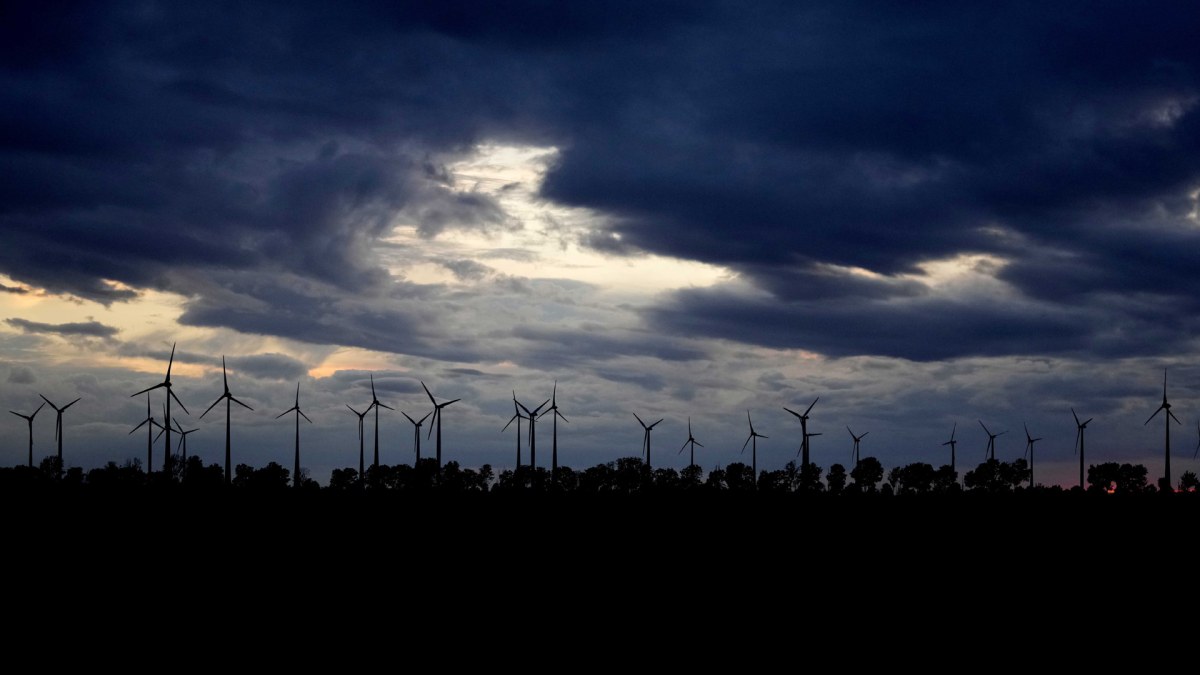
The report finds that the key challenges to clean energy growth in developed countries are policy uncertainties, fragile economic environments, and insufficient investment in electricity-transmission grids to accommodate greater shares of renewables.
The key challenges in developing countries are access to finance for installing renewable energy and the lack of strong governance and regulatory frameworks that would reduce risks and attract investments in clean energy.
Tripling by 2030 will also depend on countries speeding up permitting and building out transmission and storage infrastructure, said Sean Rai-Roche, a policy advisor at climate think tank E3G who has long tracked developments in clean energy.
“Governments and businesses need to act now to protect the planet for future generations,” Rai-Roche said. “We cannot afford to wait—action later is too late.”
—Sibi Arasu, Associated Press






































